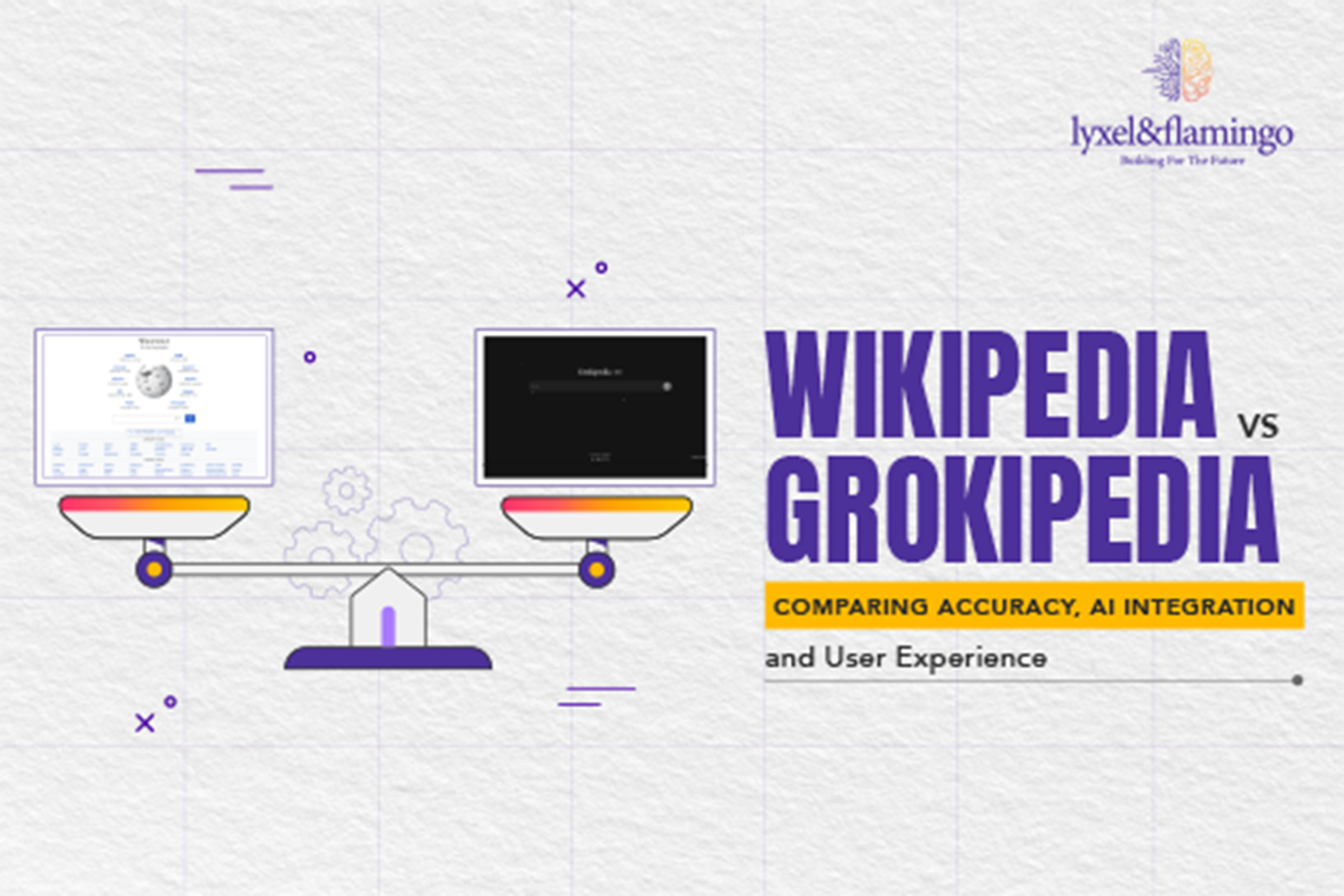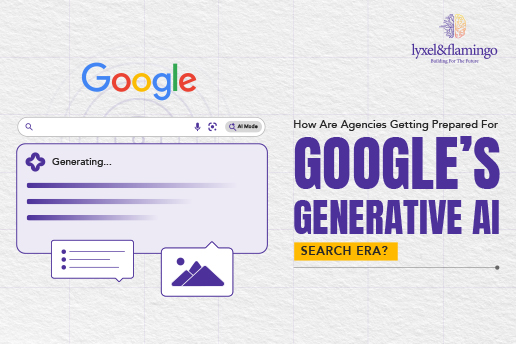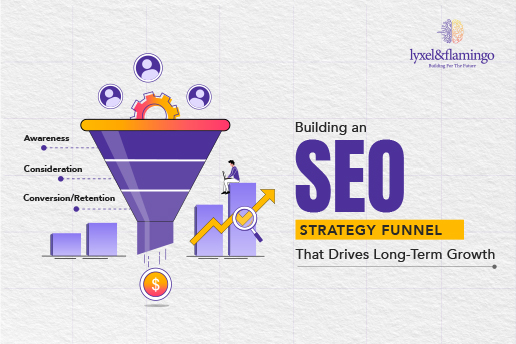Have you ever visited an online site and exited it because the layout was too haphazard?
This feeling occurs because the website has poor design or architecture due to the absence of planning. However large the size of your website is, thoughtfully planning the site’s layout gives your visitors a seamless user experience making them want more.
The content of your website may be the best in the world, but if you want it to rank organically on the first page of Google, several factors are at play.
Firstly, you must make things simple and easy for customers to navigate your site. And secondly, search engines also must understand the site structure for better indexing and crawling.
These two factors hold true when you’re building a new website or thinking of updating your old one. It will help you tremendously to take a good look at your site architecture and consider various layout options before you start.
Moreover, when you have an SEO-friendly website structure, it will assist you in winning over every visitor and not-to-forget the search engines.
Understanding Website Architecture
The function of website architecture is to arrange each webpage’s layout and the entire site systematically. It enables users and search engines to navigate and locate the information they are looking for easily. Additionally, website architecture also involves logically interconnecting every page of the site so that visitors and search engines can clearly understand the relationship between each page.
When this designing process gets appropriately executed, it provides the search engine crawlers with a clear understanding of important content on the site that needs indexing. Once the search engines index the pages, it aids them in listing your website on search engine results pages.
SEO-Friendly Website Design Guidelines
Here are some of the guidelines you need to keep in mind while designing an SEO-friendly website:
1) Focus on Improving User Experience:
Every potential customer who visits your website is looking for information or to purchase what you offer. But, once they arrive on your site and cannot find what they are looking for easily, they will exit quickly.
Only when they find what they are looking for easily the chances of them converting from a potential customer to a regular one is high.
Proper design and layout that provides an effortless user experience to your site visitors should be the primary focus of website architecture.
2) Enable Clear Navigation Routes:
Unclear navigation routes that confuse visitors to your site and they don’t know where to go or what to do next will not help your conversion rate. Moreover, search engines like Google prefer sites with clear navigation paths and rank them higher than sites with poor navigation designs.
According to SEO-Friendly Website Design Guidelines, clear navigation routes must place important pages so customers can open them within one or two clicks. Therefore, it is essential to incorporate shorter keywords on the main pages and longer ones on deeper pages.
3) Ensure Appropriate Content Grouping & Categorization:
Customers are impatient and wouldn’t spend their valuable time trying to figure out the structure of your site content. Instead, they would prefer visiting a site that groups and systematically categorize their content.
Therefore, ensure that you initially cover broader topics related to your subject and gradually induct them into more detailed subjects. Also, structure your website tabs according to major categories and then divide them into subcategories so the customers can easily relate to the flow of your site.
Grouping and categorizing your website is an excellent way to create an SEO-friendly website. It allows Google to index, crawl and rank your page more efficiently.
4) Keep URLs Simple:
While designing the architecture of your website, keep the URLs simple, consistent, and structured. Follow a standard while creating the URLs that lead from a simpler format to longer ones that include deeper subcategories. It helps search engines identify them easily and signals their connectivity among pages.
You must remember the rules that Google follows to rank URLs better, like avoiding the use of underscores, keeping different keywords separate, and not making them too long with numbers or ASCII characters.
5) Avoid Keyword Cannibalization:
Improper planning and designing of websites lead to the cannibalization of keywords. That is why it is critical that you organize your site in a structured fashion.
Your efforts to create an SEO-friendly website must avoid keyword cannibalization, or else two web pages with similar keywords from your site will have to battle each other for ranking on Google.
Clarifying your site’s structure and the content you want to include is the only way to avoid this from happening. In addition, it enables you to make the right keyword distribution across various blogs, articles, and web page content.
6) Distribute Link Authority Properly:
To ensure that your website optimization is adequate and effective, you must distribute link authority properly. This step involves properly distributing internal and backlinks with other prominent similar niche sites.
Another way to establish link authority is by grouping similar content web pages and interlinking them. This way, Google recognizes your SEO-friendly website as a dominant authority on a particular subject and ranks you high on search engine results. It is also a much easier method to rank for related keywords on search engines.
How to Make SEO-Friendly Website Architecture?
Some ways of making your website architecture SEO-friendly are as follows:
1) Chalk-Out Your Site’s Structural Hierarchy:
Take a pen and paper to chalk out the structural hierarchy you want to implement for your website as the first step. You can even check out your competitors’ websites to brainstorm effective structuring for your site.
When doing this step, ensure your hierarchy is logical and straightforward so visitors and search engine crawling bots can easily comprehend your site’s structure. Moreover, keep the number of categories and subcategories limited and consistent throughout the website.
Thus, planning to develop an SEO-friendly website from the start is an intelligent choice.
Once you have the structural hierarchy, you can start deciding your navigation menu details.
2) Decide Your Navigation Menu Format:
The main navigation menu is one of your website’s most significant design elements. That’s because it provides visitors and search engines another outlook on your site’s information layout architecture.
The format of your navigation menus will determine how visitors will navigate your website. It even provides them with an overview of your products or services.
While designing your website’s navigation, make it as simple and easy as possible so that people can locate what they are searching for quickly. Take care to include the links to all the pages and categories on your menu for better navigation and an SEO-friendly website.
Moreover, you may utilize drop-down menu choices to allow customers to browse a category and all relevant subcategories.
3) Build Site Maps:
Building site maps will simplify navigation and benefit visitors and search engine robots. It even helps Google hasten the indexing process of your website significantly. Moreover, it is among the greatest methods for facilitating search engines’ website crawling speeds.
A user-facing sitemap also referred to as an HTML sitemap, will help them find any page from your website that they haven’t been able to reach via internal links or your navigation menu. When you use an HTML sitemap, it functions like a contents table for your website.
4) Perform Topic & Keyword Research:
This point of how to make SEO-friendly website architecture is one of the vital activities you must engage in first. It involves creating a list of blogs or articles you want to add to your web pages and identifying the relevant keywords for each topic.
Choosing the appropriate keywords and phrases and strategically placing them throughout your website will help the search engines rank your site effectively.
5) Maintain a Shallow Depth for the Key Pages:
Well-executed website architecture should make it simple for visitors and search engines to locate the information on your site.
Your site’s most important web pages should be accessible from the home page in three or fewer clicks. This criterion enhances your site’s indexing, crawling, and ranking abilities.
Therefore, you should refrain from burying crucial content topics too far inside your site for a better SEO-friendly website.
6) Plan the Internal Linking Strategy:
Planning your internal linking strategy allows your sites and content to relate to one another efficiently. In addition, this process makes it simple for search engine crawlers to understand what your site has to offer.
The secret to effectively utilizing internal links is ensuring that your most authoritative pages often connect to your top-priority pages.
Additionally, you can use keyword-rich anchor text for your internal links. It aids search engines in comprehending the subject matter of the linked-to page better.

Conclusion
A well-thought-out website architecture guarantees that search engine crawlers and website users can easily access your site’s content. In addition, if you follow the SEO-friendly website design guidelines, your site will be ready and optimized for long-term success. So go ahead and plan your new website launch or overhaul your existing website using all the above information.









